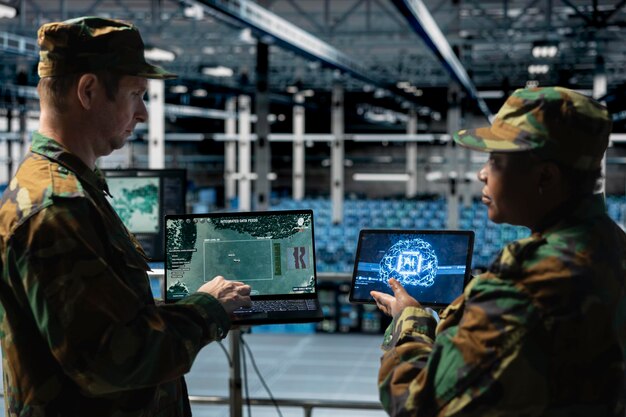
Sponsored article
In an era where security is paramount, the evolution of imaging technologies plays a crucial role in enhancing our ability to detect and respond to aerial threats. Advanced imaging systems are revolutionizing the fields of surveillance and defense, offering unprecedented precision in detecting potential dangers. By incorporating tools such as high-resolution cameras and multi-spectral imaging, these systems provide detailed, real-time data, significantly improving the accuracy and timeliness of threat detection.
Recent advancements in imaging technologies have significantly bolstered the capabilities of aerial surveillance, particularly in the detection and identification of potential aerial threats. With the integration of state-of-the-art electro-optical and infrared sensors, advanced imaging systems now provide unparalleled clarity and precision, a critical advantage in the field of threat detection. These systems have seen substantial improvements, including:
As these innovations continue to evolve, they form the backbone of modern aerial threat detection strategies, ensuring robust security against an ever-increasing landscape of aerial threats.
The integration of imaging systems with artificial intelligence marks a transformative leap forward in aerial threat detection capabilities. By leveraging AI algorithms, these advanced imaging systems are no longer passive tools; they actively analyze vast streams of data with unprecedented efficiency and accuracy. AI integration enables the real-time processing of complex data sets, facilitating the rapid identification and classification of potential threats. This reduces the likelihood of human error and enhances decision-making speed. Machine learning models learn to recognize patterns and anomalies in the data, making it possible to predict and identify threats that would have otherwise gone unnoticed. Additionally, AI-driven imaging systems can adapt to new threat paradigms by updating their analytical parameters over time, ensuring that detection remains robust against evolving threats. As aerial threats become increasingly sophisticated, the role of artificial intelligence in enhancing imaging systems is critical in maintaining effective surveillance and security measures.
Advanced imaging systems are revolutionizing aerial threat detection with far-reaching benefits for both defense applications and civilian applications. In the realm of defense, these systems enhance threat detection capabilities, allowing for real-time surveillance and early identification of potential threats. The benefits for defense applications include:
For civilian applications, the benefits are equally profound, as enhanced imaging supports public safety and infrastructure protection. Civilian uses include:
By integrating these systems, both sectors can improve safety and proactively address potential threats.